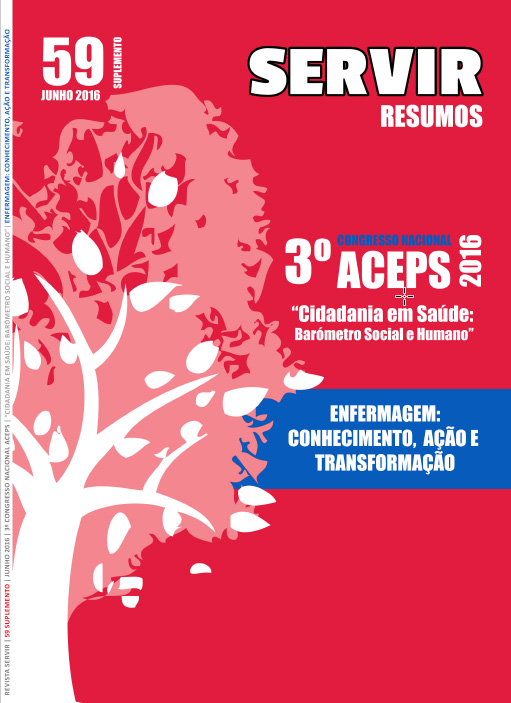The influence caused by hospital discharge planning in the duration of the patient stay
DOI:
https://doi.org/10.48492/servir0259.23196Keywords:
Integrated planning, Hospital discharge planning, Hospitalization, Hospital managementAbstract
Introduction
Nowadays, at the hospitals, the biomedical is the main criteria, which lacks the multidisciplinary approach defining clinical discharge date, at hospital internment services and, many times, ignores the learning and knowledge acquiring processes by the patient and its family. This study raises the question about the positive effects achieved by a proper, integrated planning by the entire clinical staff onto the patients/families.
Objectives
To determine the existence of hospital patient's planning factors that relate to the number of days that one remains hospitalized.
Materials and methods
It was created an observation grid in order to register the data collected concerning the 100 patients clinical processes, admitted at the CHLN orthopaedics department. This is a quantitative, descriptive-correlational type study.
Results
Overall the objectives were achieved, since one concluded that the number of internment days is directly influenced by the presence or absence of certain hospital discharge planning factors, such as: surgery organization and scheduling; type of diagnosis and proper surgery; communication amongst multidisciplinary staff members as well as individual contributions; the moment when discharge preparation starts; involvement of patient and its family in the discharge process as well as the information they receive.
Conclusions
One can corroborate the need to implement an integrated hospital discharge plan, beginning at admission time and involving multidisciplinary team, patient and his family. This will enable the decrease of internment days and related costs as well as minimize negative effects involving an internment.
Downloads
Downloads
Published
How to Cite
Issue
Section
License
In order to promote the free circulation of knowledge, Servir is open access journal. All its content is available and protected under the Creative Commons license (CC BY 4.0).
The journal allows self-archiving in institutional repositories of all versions, which may become immediately available


